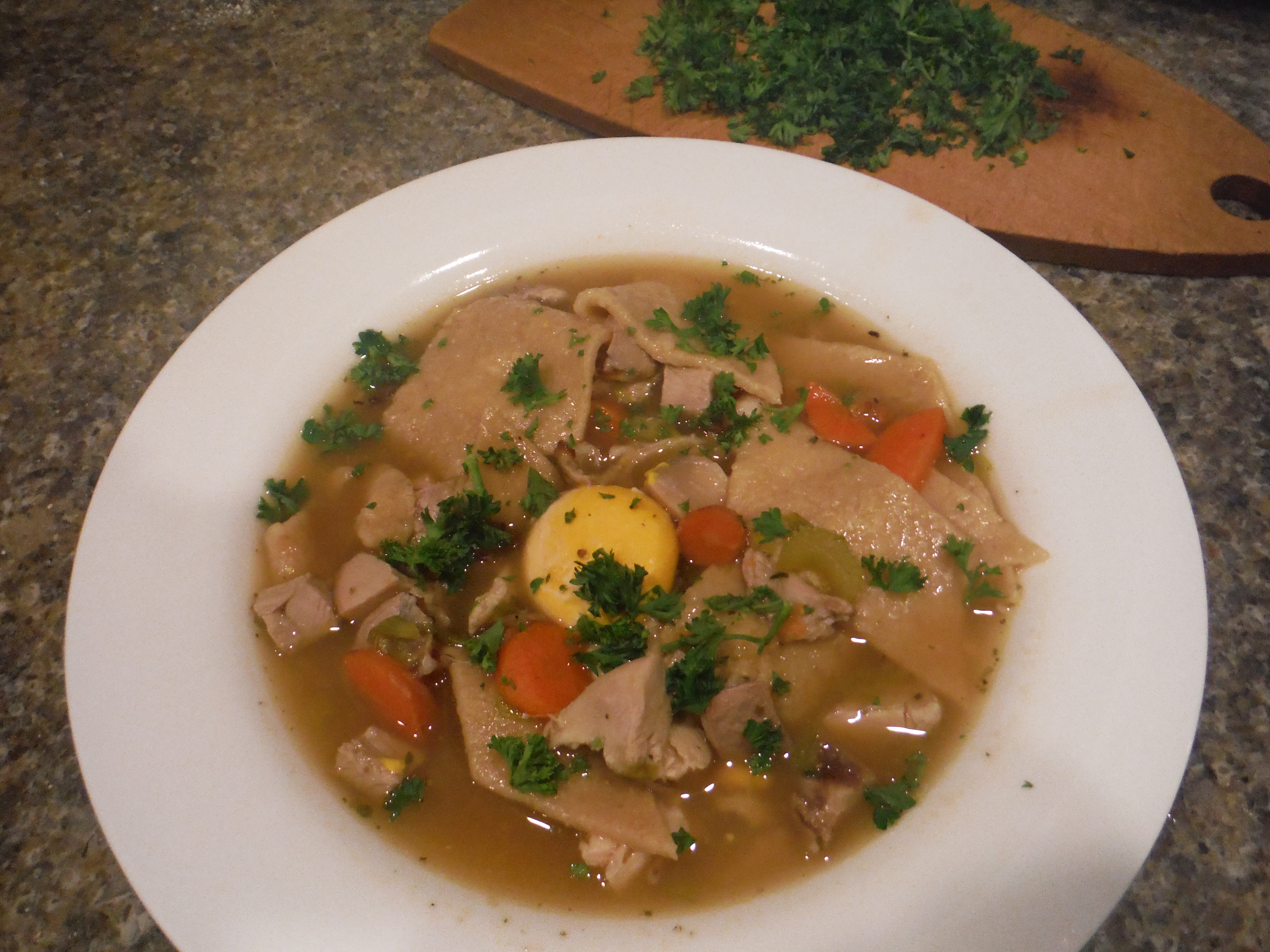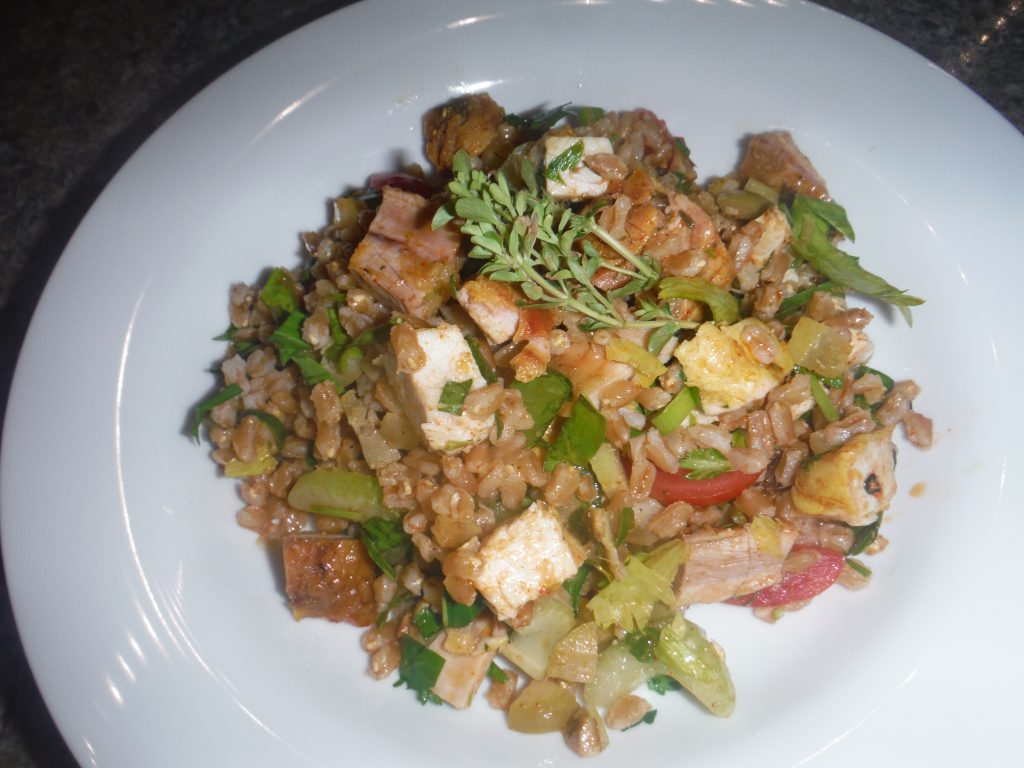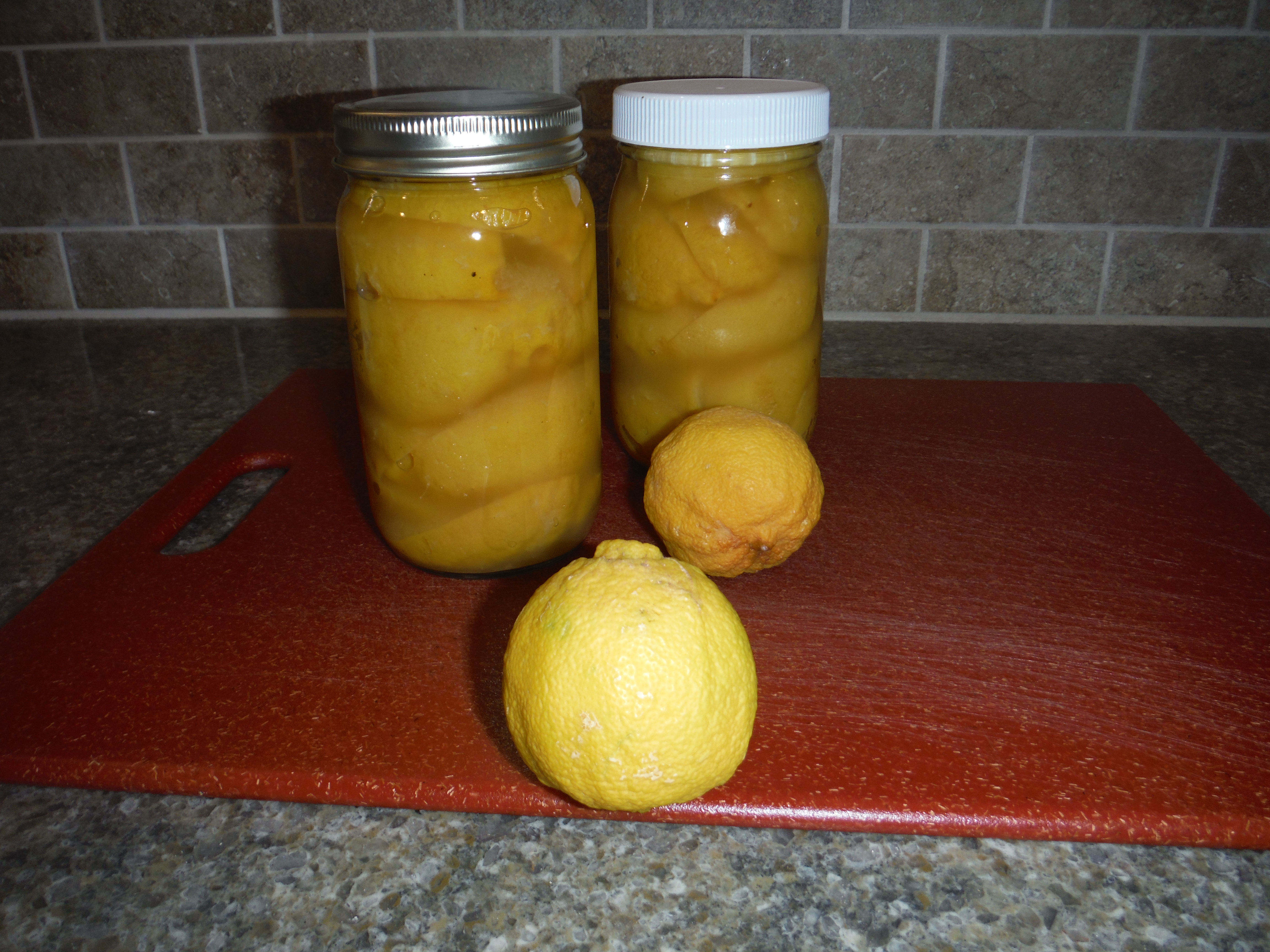
I have to wonder what they were thinking. Perhaps they were ahead of their time, transitioning the diversified family farm to an egg farm. My mother was a stay-at-home mom after years of being employed. Perhaps she was bored, or they wanted to supplement my dad’s income. Who knows? Whatever the reason, the pullets arrived and we began to produce eggs. Y’know how a few chickens in the backyard is a charming idea? Two thousand chickens, not so much… and that’s a small number when compared to today’s egg production facilities.
Egg farming facilities tend to get a bad rap these days, but many of the high production practices of today weren’t even imagined when my folks decided to narrow their farm focus to egg production. Our chickens were housed in a huge old airy tobacco barn, well ventilated with a high roof and lit with long windows. The dirt floor provided plenty of room to roam along with insects to supplement their feed. Rows of roosting boxes lined with hay allowed them to nest comfortably. No cages and no oddly bred birds unable to hold up their own weight. These birds lived in the high rent district in comparison to the chickens of today.
The egg business also ensured that our own supply of eggs and chicken were never in short supply. Not too surprising that many of our meals were centered on eggs: eggs baked in nests of buttery bread crumbs, waffles and eggs, creamed hard cooked eggs with dried beef, etc. etc. The chickens, however, were the old biddies, who having outlived their ability to produce eggs, required stewing to be tender. My mother and eventually I became masters at producing chicken dinners from long and slow simmered geriatric hens.
The family favorite was what my mother called “pot pie.” Pot pie was not a deep dish of meat and vegetables with a crust, though. It was more of a stew, with squares of chewy homemade noodle dough, carrots, celery and hearty chunks of chicken all afloat in a bowl of very rich chicken broth. It often included little eggs, basically yolks, from the hen’s egg sac. It was true homespun comfort food. I’ve learned in the past several years that it is actually an Amish and/or Pennsylvania Dutch recipe, as are several of my family’s traditional foods.
I had not made this delicious richness in decades. It was lost along with the robust hens that actually taste like chicken. The bland birds available in the supermarket just wouldn’t make this dish. But in recent years I have once again been able to find authentic well-raised hens, at my local community supported agriculture. Better yet, the birds are not the geriatric types. We manage a number of meals from one of these birds, first roasting the whole chicken for dinner, reserving pieces of meat for the stew. Followed by slicing meat for sandwiches. When the carcass is the only remainder, it is stewed along with aromatic vegetables to make the flavorful broth needed for the pot pie. This recipe begs for a cold lazy day. Don’t wait as long as I have to try it.
Chicken Pot Pie
Ingredients
- 8 cups of high quality chicken broth preferably made from your own chicken
- ¾ - teaspoon each of thyme rosemary, and tarragon
- 4 large carrots scrubbed and sliced ¼-inch thick
- 4 ribs of celery washed and sliced ¼-inch thick
- Salt and pepper to taste
- 3 cups cubed or pulled chunks of chicken
- Dough
- 2 cups flour I use my usual blend of sprouted and spelt, but all purpose is fine, too
- ½ teaspoon salt
- 2 lumps of shortening or butter the size of a walnut (about 3 tablespoons)
- 1 egg
- ½ cup hot milk
Instructions
- Bring the broth to a boil in a large soup pot and season with the herbs. Add the carrots and celery and reduce to low. Cover the pot and simmer the vegetables while preparing the dough.
- Combine the flour and salt, then cut in the shortening until the texture resembles grains of rice. Stir in the egg and hot milk, then turn out onto a lightly floured surface. Divide the dough in half. Roll each half very thin, approximately 1/8-inch in thickness. Cut into 1 to 1 1/2 –inch squares.
- Bring the broth mixture back to a boil, and drop the pot pie squares in slowly. Once all are in the broth, stir to ensure the squares don’t stick together, then reduce the heat to a strong simmer. Cook 20 minutes, or until the pot pie dumplings are tender. Add the chunks of chicken and heat through. Taste for seasoning, adding salt and pepper as needed.




